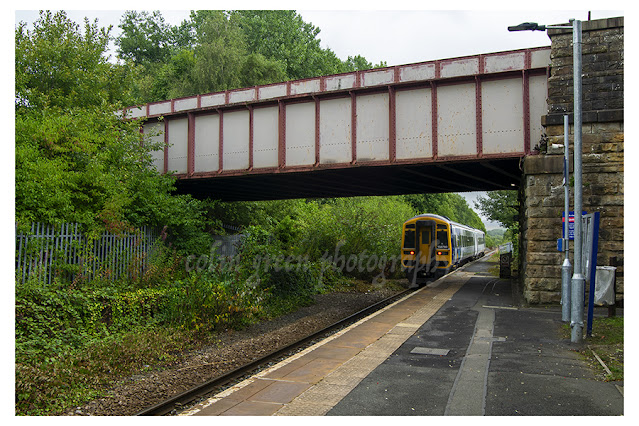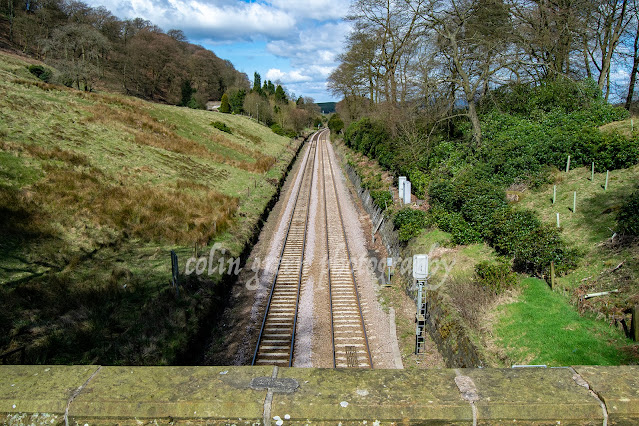My passion for photography recently led me to Zazzle, where I discovered a way to transform my photos into amazing products. Among my bestsellers are stunning images of railway stations. Inspired by this, I've curated a collection of postcards featuring these architectural gems.
Browse the first 5 designs below that I turned into postcards, or unleash your creativity on Zazzle and create something truly special on a number of products to suit.
Sandal and Agbrigg Railway Station is a railway station serving the suburbs of Wakefield, West Yorkshire. Opened in 1866 as Sandal this station was closed to all traffic in 1957. The current halt was opened in 1987 on the site of the original station.
Berry Brow is a stop a few miles south of Huddersfield on the Penistone Line. Originally a double platform layout the original station was open from 1850 until 1966. The current single platform stop is built a few hundred yards further along the line from the original and opened in 1989.
The picture above shows the original station buildings at Brockholes, these are now a private residence situated on the disused platform at the station. Brockholes Railway Station opened in 1850 and was for a number of years a junction stop with the branch line to Holmfirth terminating here. The station was reduced to single track in 1989.
Wakefield Kirkgate Railway Station was the first to serve the city, opening in 1840 some 27 years before the well known Wakefield Westgate. The building pictured was opened in 1854 and the station has listed status, although many of the buildings and canopies were removed in the mid 1970's.
Deighton is another Yorkshire station that opened, then closed and then re-opened at a later date. The original Deighton Station opened in 1871 on the Kirkburton Branch Line that went off to the left of the picture. This closed in 1930 and the branch line was removed completely by the 1970's. The replacement station opened in 1982 on the main line where the original branch line junction had been.
All these postcards can be purchased from Zazzle by clicking any of the pictures above (link will open in another window) and browse the collection. The images can also be transferred to a number of alternative products.
Thanks for looking, please take a moment to share and follow me on social media.
All the images remain the copyright of Colin Green.
Sunday 21st July 2024 Update the following images have also been added to the collection today,
Bradford Interchange opened in 1973 to replace the nearby Bradford Exchange Station. The bus station was added in 1977 and the site is known as the main public transport hub for the area.
Brierfield Railway Station is a stop on the East Lancashire Line to the east of Burnley. The station was opened as a double track halt in February 1849 and remained that way until much of the line was singled in 1986.
Castleton Moor Railway Station was opened in April 1861 as a 2 platform stop on the North Yorkshire and Cleveland Railway. Much of the line was single track but a passing loop was installed here which was removed in the 1980's. The station is now part of the Esk Valley Line connecting Whitby with Middlesborough.
Burnley Barracks Railway Station opened in September 1848, closed a few months later and re-opened in 1851 taking the name Burnley barracks after the nearby military installations. The station is a request stop and is earmarked for closure if the line is reopened between Colne and Skipton.
Cottingley Railway Station is a stop in the suburbs of Leeds on the Huddersfield Line, a relative new station having opened in April 1988 it is earmarked for closure when the nearby delayed White Rose Station opens.
Huddersfield Railway Station was built 1846-50 and is a Grade I listed building. Probably one of the best looking stations in the United Kingdom, it also features a statue of former Prime Minister Harold Wilson outside it's main entrance in Saint George's Square.
These are a small selection of the postcards added to the collection, they are many others being added weekly that may be of interest that are not featured here.















































